The International Artist: '613 Paintings to be Displayed on the World's Tallest Bridges'
After 40 years of painting, artist Yoel Turgeman is launching a massive exhibition featuring 613 paintings on famous bridges worldwide. 'I aspire to build bridges among humanity and connect everyone.'
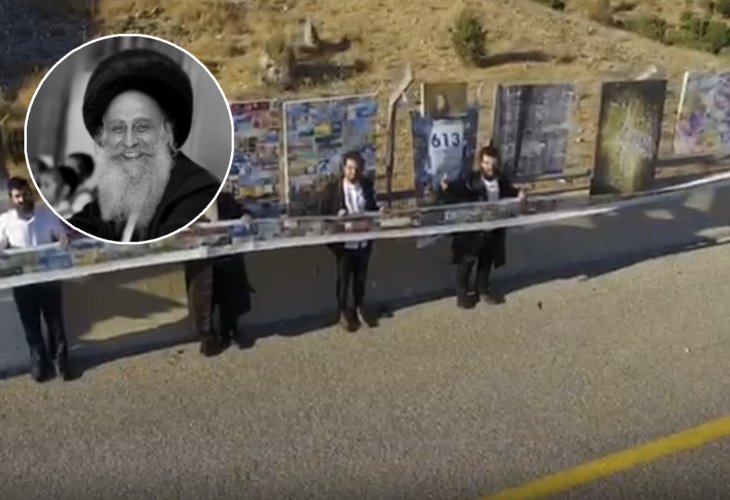 (In the circle: Artist Yoel Turgeman, the initiator)
(In the circle: Artist Yoel Turgeman, the initiator)613, like the number of commandments - this is the number of paintings that artist Yoel Turgeman is set to display in the coming months on bridges around the world.
Turgeman is a talented artist. Over the last forty years, he has been tirelessly working on his paintings, and now he concludes with 613 paintings, drawing inspiration, as he says, from the Torah and faith. "I have about 2000 more paintings," he emphasizes, "but I believe they slightly repeat the others included in the 613, so I am not adding them to the exhibition."
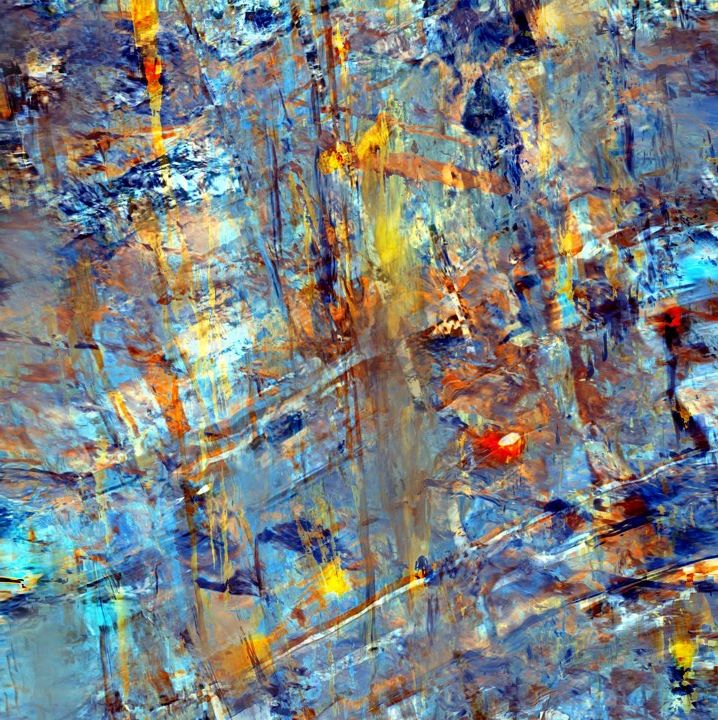
The Painting Reflects the Soul
If you were expecting to see landscapes, characters, or portraits in Turgeman's paintings, you might not be grasping the depth of the matter. While the paintings are stunning, they are difficult to interpret unequivocally. An outsider will mainly see circular or smeared colors. But those who truly make an effort might eventually see the underlying activity beneath the surface, which is exactly the artist's goal.
"I have a studio in Safed, and people from all over the country and the world come to it," he shares. "I ask them to reveal to me which paintings they are drawn to, which ones they especially connect with, and mainly - what do they see in them. Based on their answers, I can diagnose them and talk to them about themselves and their character, usually revealing things they were previously unaware of."
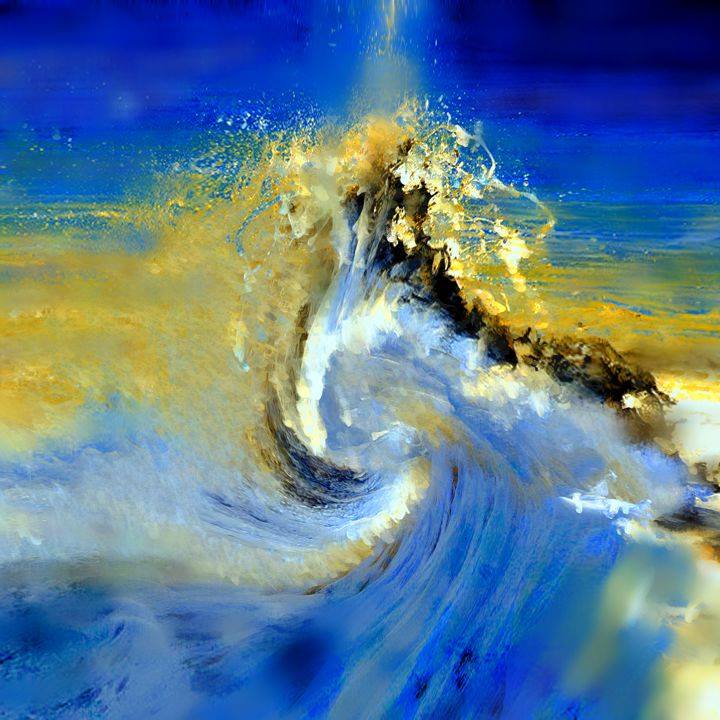
How is it possible for a painting to reveal a person's soul?
"I’ll give you an example," he responds, "One of my famous paintings was chosen to be sold at the auction of the renowned 'Christie’s'. It is the first painting in a series of illusion paintings I created, and what you can see are open books, with pages flying everywhere. It is hard to identify the colors from which the painting is made, as it consists of no less than 150 layers of paint, most of them almost completely transparent.
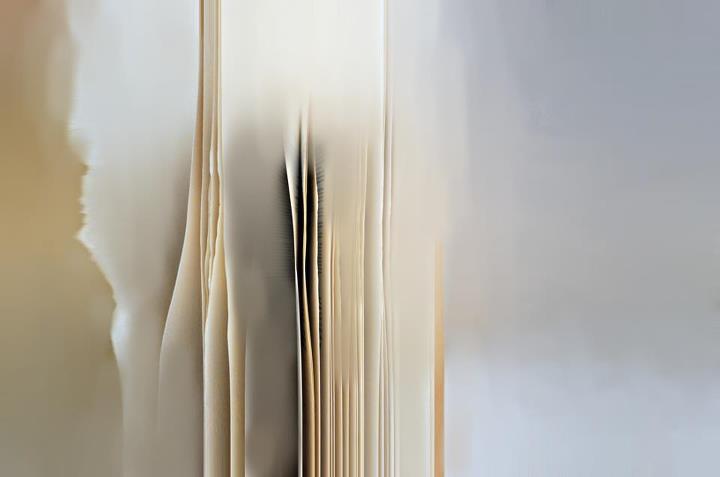
"The person who purchased this painting was a psychologist from the USA, and one day he sent me a message: 'I hung the painting in my living room near Miami. Besides the painting, the living room only contained an Italian sofa. Every day I sat on the sofa for half an hour and looked at the painting, and during that time I reflected on my life. What I discovered was that slowly, I started to feel better physically and mentally, my sleep improved, stress decreased, and the key thing — remember I came to you with crutches? Now I no longer need them."
Turgeman finishes the story and breathes deeply. "There's no doubt that the painting affects the soul and body," he reaffirms. "I see it repeatedly with the people who come to me. I'm always interested in asking them what they see in the paintings and hearing their responses. Incidentally, those who mainly manage to understand my paintings are young children, up to the age of ten, as their perspective is pure. Also, adults, around the age of 75, succeed in noticing details others do not because they look more deeply and with less haste."
(Photographer: Tedi Benhamu)
In addition to paintings, Turgeman also hosts people in his home in Safed. "Almost every Shabbat guests come to me for the third meal," he shares. "Every time, I present them with two paintings and ask each of them a simple request – to choose between the two paintings the one they would take with them to a deserted island, where they would stay for a month. It challenges them because people are used to choosing a painting to decorate their living room. They search for what matches the sofa and furniture. But when they think about a painting for a deserted island, it pulls out of them the deepest things, and this is exactly what helps me diagnose them and teach them about their inner selves. I am always amazed by how accurate this diagnosis is."
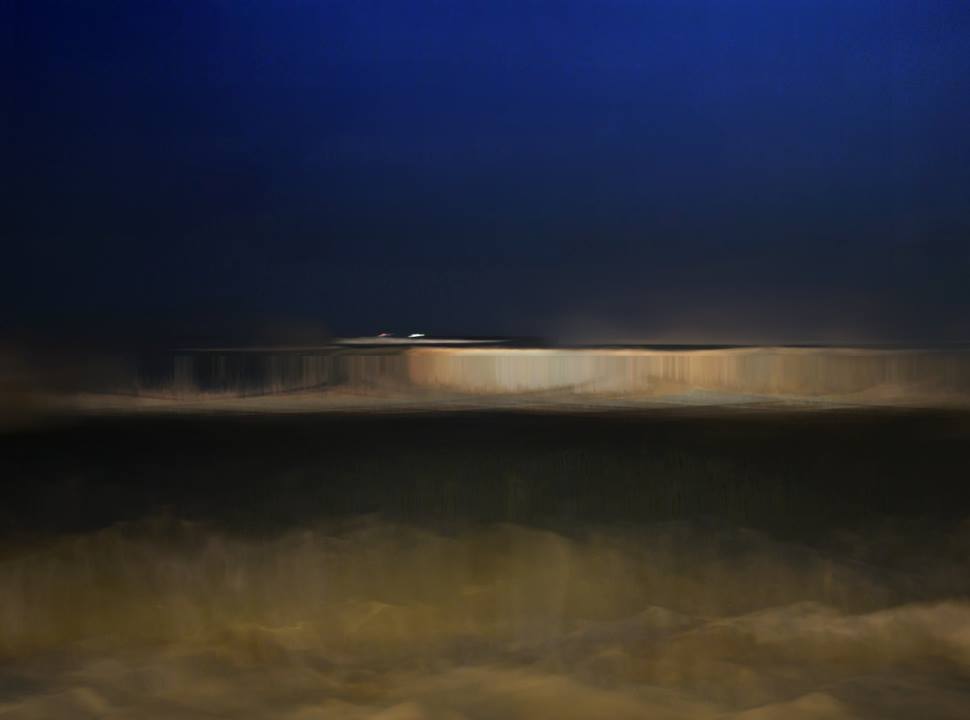
The Bridges Exhibit
Over a million responses have already been published to the paintings Turgeman shared, and more than seven million people follow him worldwide. Each time he releases a new painting, and lets people guess what is hidden within it. The answers, as he emphasizes, are particularly fascinating and never the same.
Is there a painting you especially love?
"Like any other artist, I will answer that I cannot choose just one painting, as I am connected to all of them. But there is one painting I have a special feeling towards because it symbolizes a very challenging period in my life. It's a painting where you can see a kind of landscape of trees and forest. I tried to express what I experienced about seven years ago when my tendon and muscle system in my body collapsed and led to excruciating pain. The doctors I consulted couldn't help, and I almost reached despair.
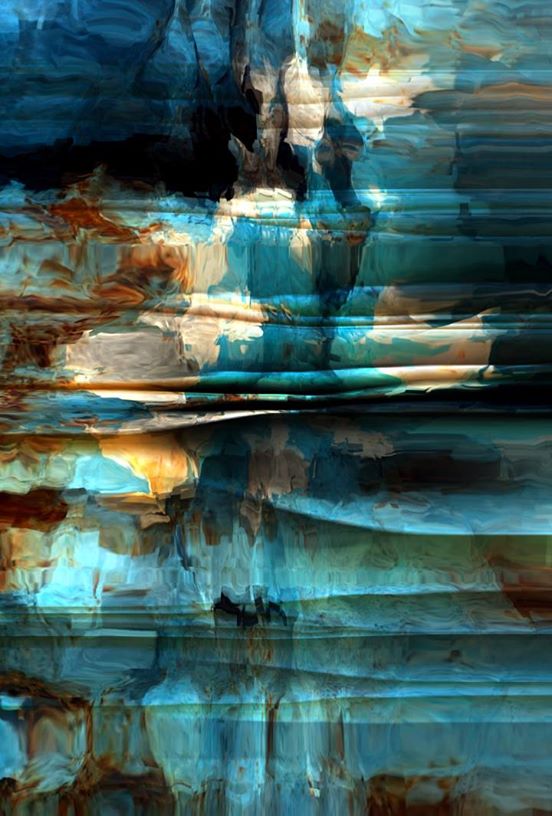
"When I realized conventional medicine had no solution, I decided to go into solitude in the forest. For a few days, I sat among the trees and prayed to Hashem. That's also when I painted this work to which I am so connected. If you look closely, you'll see the figure of a person hidden inside one of the trees — that is the man compared to a tree in the field. Thus, Jewish art is born."
Incidentally, this story has a wondrous ending too, as Turgeman emphasizes that since then, the severe pains have not returned. "I am not surprised by this; it is clear to me that it is the power of the Torah that has revived me and continues to enliven me every day," he claims.
The understanding that the power of the Torah grants the ability to create led him to decide to display his paintings these days specifically on bridges around the world. "Since the day they began erecting bridges worldwide, one can see a deep connection between the bridges and the secrets and wisdom of the Torah," he explains. "There is a famous book by the Ramak - Rabbi Moshe Cordovero, where he describes a connection of 72 names that have influence between the spiritual and material worlds. He calls these names 'bridges,' and they are what connect the spiritual world to the material world.
"Of course, the Ramak is not the only one talking about this. The concept of 'a bridge' is also familiar to us in the words of Rabbi Nachman of Breslov, who describes the entire world as a very narrow bridge. Distinctively, psychologists and psychoanalysts also speak extensively about the concept of 'bridges,' mainly when they define the connection between the left and right brain, and between the imaginative and logical worlds. When there is a connection between the two, it shows that the person is functioning properly, but when one prevails over the other, balance is disturbed. Of course, one cannot forget to mention the popular profession nowadays - mediation."

How do you practically plan to exhibit all your paintings on bridges?
"That’s a good question. I aim to display my 613 paintings on bridges around the world so that as many people as possible see them. This way, they will 'bridge' humanity, connecting person to person, city to city, and nation to nation. To explore exactly how to do this, we conducted the first pilot about a year ago on Acbra Bridge, near Safed, which until recently was considered the highest bridge in Israel. I stationed representatives along the bridge holding the paintings in their hands, thereby displaying them to everyone. I wanted to continue the pilot in other locations; however, then COVID-19 emerged and froze the plans."
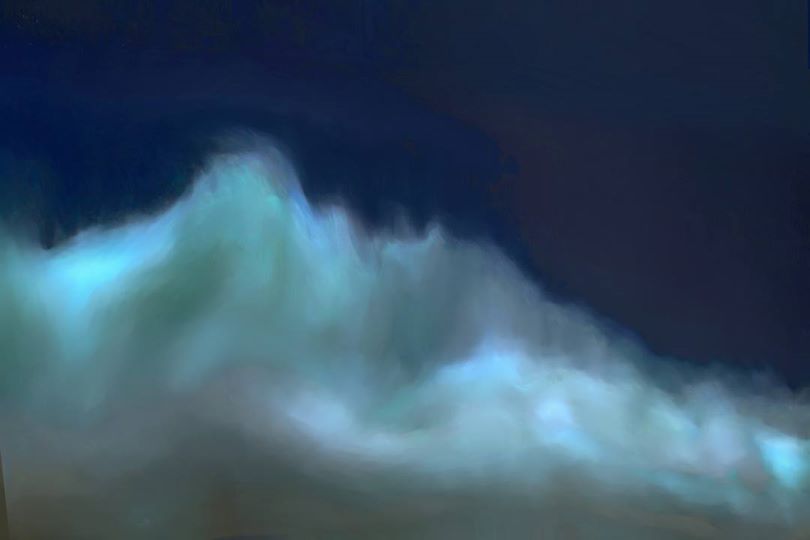
Turgeman mentions that he is preparing to present the exhibitions again these days. "My goal is to reach 12 central locations worldwide as an initial stage, and each time we will display the exhibition on a different bridge. These days, I'm busy with the logistical planning for transporting the paintings and obtaining the necessary permits to present them. In effect, it will be a traveling art event. But more than anything, it will be a sanctification of Hashem's name, because as I always emphasize to everyone - an artist is not someone with a special talent or someone who can create more than others. It's simply a person who stands and prays to Hashem. That's all."

